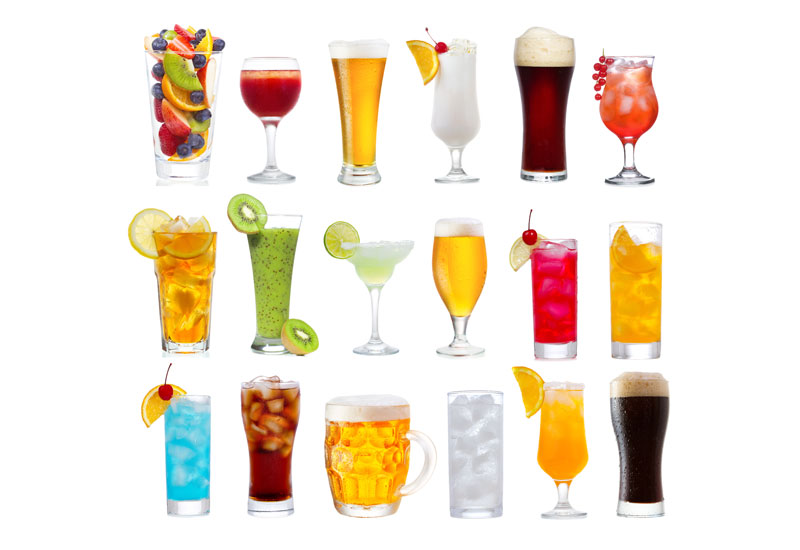The beverage industry is incredibly diverse, though the challenges of quality and staff training are universal. But it is the alcohol sector that faces unique hurdles in its bid to gain the recognition it deserves.
What are some of the most popular flavours in the market at the moment?
As with all produce and ingredients, fashions and tastes change on a relatively regular basis. Angus McGregor, beverage manager, Frioul Bistro de Luxe, says gin is “big right now which is fantastic to see”.

| Advertisement |
“It’s just so diverse and fantastic to work with. I have noticed even tequila is pushing past its previously dubious image and people are actually realising it’s a fantastic drink to have”.
He adds that vodka, although still big in terms of volume sales, is slowly dropping in terms of cocktail presence on menus as a result of “bartenders improving their standards and understanding the classics and spirits more”. McGregor still loves using anything home-made with food fusion.
“Sadly the Bullfrog still remains; I intend to start a campaign outlawing this from the Dubai bar scene in general,” he adds.
Media One Hotel’s Felix Hartmann says honey, elderflower and apple, but also yoghurt, and everything mixed with tequila and rum are on trend. “This is due to many competitions and activations from brands such as Bacardi, Patron and Ocho Tequila. Jack Daniels Honey has become popular, as well as Aperol,” he reveals.
What are some of the challenges facing the beverage sector?
Sandra Husseini Norberg, Middle East & Africa, zone director, San Pellegrino says the main challenge “is the outburst of water companies claiming the title of ‘natural mineral water’”.
“Unfortunately a lot of customers fall for that, especially if they are price driven,” she continues. “Competition is becoming very fierce; there are over 1500 water brands registered at the UAE municipality excluding local water, and this is leading major water companies into a price war.
“Now with the new ESMA regulation taking effect, we should witness some of the small brands retreating from the market due to non-conformity of the UAE standards.”
Standards are certainly an issue as Nader Hijazi, sales director, Sparrow International explains further, adding that the main obstacle in the industry is “two-fold”.
“The first being the general lack of information to consumers about the products they are using and the second is the difficulty in maintaining high standards (particularly when related to tea and coffee) due to the high staff turnover.
“Even if properly trained, it’s not unusual for the barista to change employment or venue and hence the training is often lost in the process and the knowledge received during the training is not carried over by the replacement barista,” he asserts.
Andrea Fidora, Monin MEIA beverage innovation director, concurs, adding that the recruitment of good operators “especially in Saudi Arabia or Kuwait where getting visas is very difficult”, is a challenge.
Another area of concern is seasonal availability of products, according to Fresh Express brand manager — beverages Sasha Milovanovic, and its “effect on consistency remains one of the challenges the beverage sector is facing”. He adds that the “strict requirements of the municipality” often prove challenging; “product clearance can be a long process and causes extra challenges”.
Founder and director of Fling Bar Services Andrew Mullins explains the limitations on advertising or promoting alcoholic drinks due to cultural sensitivity “makes it difficult for beverage-led venues to get their message out to the public”. He adds: “I believe this is also a reason why there are still very few independent ‘bars’; by that I mean purely beverage-focused venues rather than nightclubs, lifestyle venues, or restaurants with a beverage element.”
Mullins says: “Another issue is the expense of purchasing alcohol. While there are now independent venues, many of these still fall under the umbrella licence of a hotel, which can add a handling fee of anything between 10 and 25% on top of the 30% government tax already paid.
Article continues on next page ...









 Search our database of more than 2,700 industry companies
Search our database of more than 2,700 industry companies









